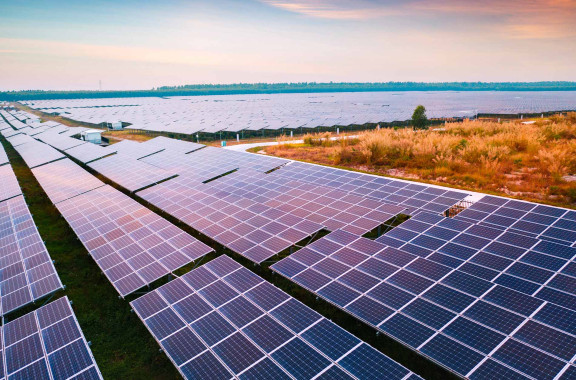
Post Covid-19 energy industry players will need to reinvent their customer interaction
Keeping some 67 million people at home under lockdown for almost two months, the Covid-19 crisis has greatly changed France's electricity consumption habits.
For example, the peak, which was usually between 8 and 9 am, shifted to midday, when people have their lunch breaks at home. While overall electricity consumption dropped by 20% in France, there was a 4% rise in household consumption.
The vast majority of industry players managed to adapt to these consumption changes, while having to suddenly adapt their work organisation. However, this crisis has created a deep and lasting modification of consumers' needs. Their adoption of digital tools has been greatly sped up and their desire for more local consumption will very likely be carried forward into the coming months.
Energy industry players must in turn adapt to this new consumption. In order to remain competitive, they must also reconsider their interaction with customers, providing more transparency about their products and redefining digital journeys to make them clearer and more efficient.
Restructuring of products for greater transparency
The Covid-19 crisis, debates surrounding continued international deliveries of goods that were far from essential, and the closure of Amazon France's warehouses... All of this encouraged people in France to turn to local supply chains and made them more attentive than ever to the origin of their purchases. It will be no surprise if these habits, formed during the crisis, continued well after the lifting of the lockdown.
And the energy industry is no exception. The app 'Eco2mix', produced by RTE, which provides clear information about electricity consumption and production, in particular its origin, saw usage peaks of more than 300% during the lockdown, for example. This reflects consumers' appetite for greater transparency about where their electricity is coming from.
This means it is very likely that guarantees of origin will soon be a key part of energy contracts and high up on the list of customers' priorities. Green energy producers will need to restructure their products with this in mind and highlight such guarantees, in order to provide greater transparency. Some companies have seized the current situation as an opportunity to launch energy products entirely produced within France.
This is the case of the private green electricity supplier Planète Oui, for example, which officially launched a 100%-produced-in-France biomethane product in May. There are now efficient and comprehensive online comparison tools available for consumers, such as the portal 'comparateurenergie.fr', and suppliers that fail to provide transparency and highlight their guarantees of origin are at risk of being rapidly overtaken by the competition, which is already fierce.
Clear information at the core of the digital journey
Above all, this crisis has sped up growth in the use of digital technologies, as a forced march for some. The energy industry has already made the transition to digital, particularly in the area of grid management, which has been mainly digital for a number of years already. However, energy companies also need to develop their customer interaction, by designing a digital journey that is focussed on clear information and deploying a wide range of tools, to assist their users according to individual habits and navigation preferences.
Energy suppliers' initial contact with customers is mostly digital and they can ill afford to neglect this step. In order to define how initial contact and the digital journey are conducted, energy companies need to ask themselves two questions:
- What do I need to include in my products?
- How can I highlight these products and their content?
While we partially addressed the first question when discussing the issue of origin and guarantees, the second question has more to do with the choice of digital tools and contact channels to be created, in order to assist customers with their choice and consumption. Customers need easy access to this information, wherever they are and whatever device they are using (smartphone, laptop, etc.), as well as rapid support.
The deployment of a chatbot or initial digital contact with a customer adviser, for example, can help visitors find answers to their questions without picking up the phone and be enough to convince them. The app EDF & Moi (EDF & Me) is a strikingly effective example of this. Launched a few years ago, the app plays a major role as a "control tower" for all of its users. The digital journey established offers immediate and clear visibility of individual customers' consumption and bills, as well as various information to help them understand their consumption.
Each item is rapidly accessible and explained, with the aim of answering users' questions before they even think to ask them. EDF has added an advice module, which has helped it to create an efficient digital journey, bringing information and value through additional analysis. It is clearly an excellent means of retaining customers. This app is just one outstanding example, which can serve as a guide for companies that are prepared to review the interaction they offer their users.
Published in Environnement Magazine